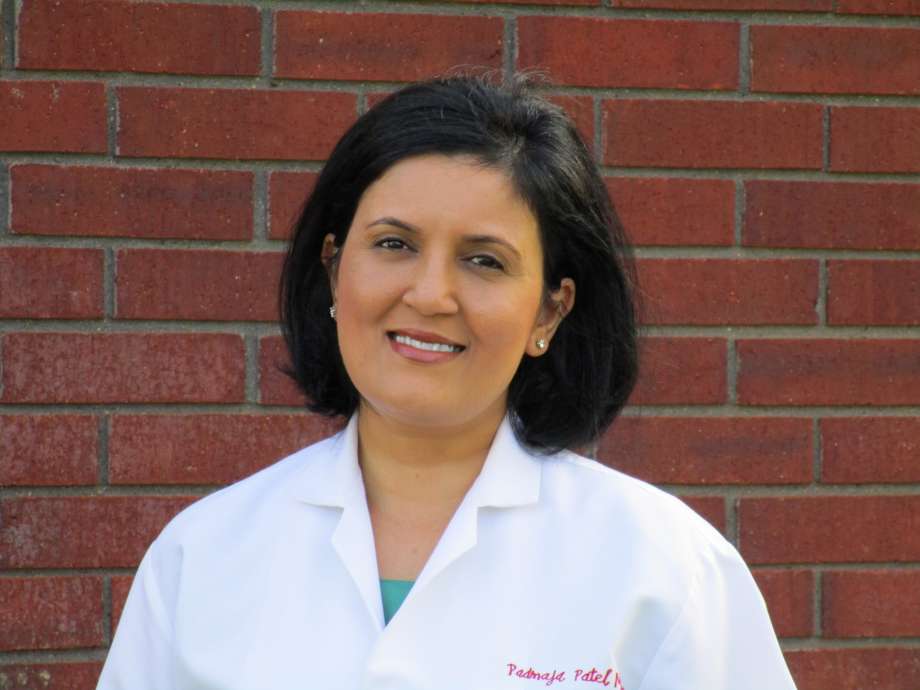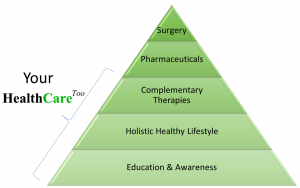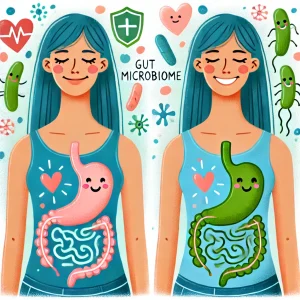Reverse Heart Disease

We were taught in medical school that heart disease is a progressive disease by nature, and medications and interventions could only slow down the rate of worsening. But our understanding of the disease has evolved over the years. For many years, we believed that the only major mechanism causing reduced blood flow to the heart was coronary atherosclerosis, or plaque. But now we know that other mechanisms include changes in vasomotor tone, platelet viscosity, collateral flow and plaque hemorrhage. These mechanisms are dynamic and can show measurable changes — for better or worse – in relatively short periods of time.
What does it mean by reversing progression of coronary heart disease?
–Decrease in arterial plaque size
In Lifestyle Heart Trial — a randomized controlled trial blindly assessed by independent observers — showed that there was statistically and clinically significant reversal of coronary atherosclerosis after one year and even more reversal after five years without lipid-lowering drugs. Control group showed significant progression after one year and even more progression after five years.
–Increase in blood flow
Overall, there was a 400 percent statistically and clinically significant improvement in myocardial perfusion in experimental group when compared to randomized control group after five years.
Many physicians believe that their patients will not adhere to comprehensive lifestyle changes but 85 to 90 percent of patients who have gone through the Ornish program have been able to adhere to this program for at least one year. Because the underlying biological mechanisms that affect health are so dynamic and responsive to lifestyle changes, most people feel so much better so quickly that it reframes the reason for making lifestyle changes from fear of disease or dying to joy of living.
Source: Can lifestyle medicine reverse heart disease’s progression? – Midland Reporter-Telegram
Our Model




